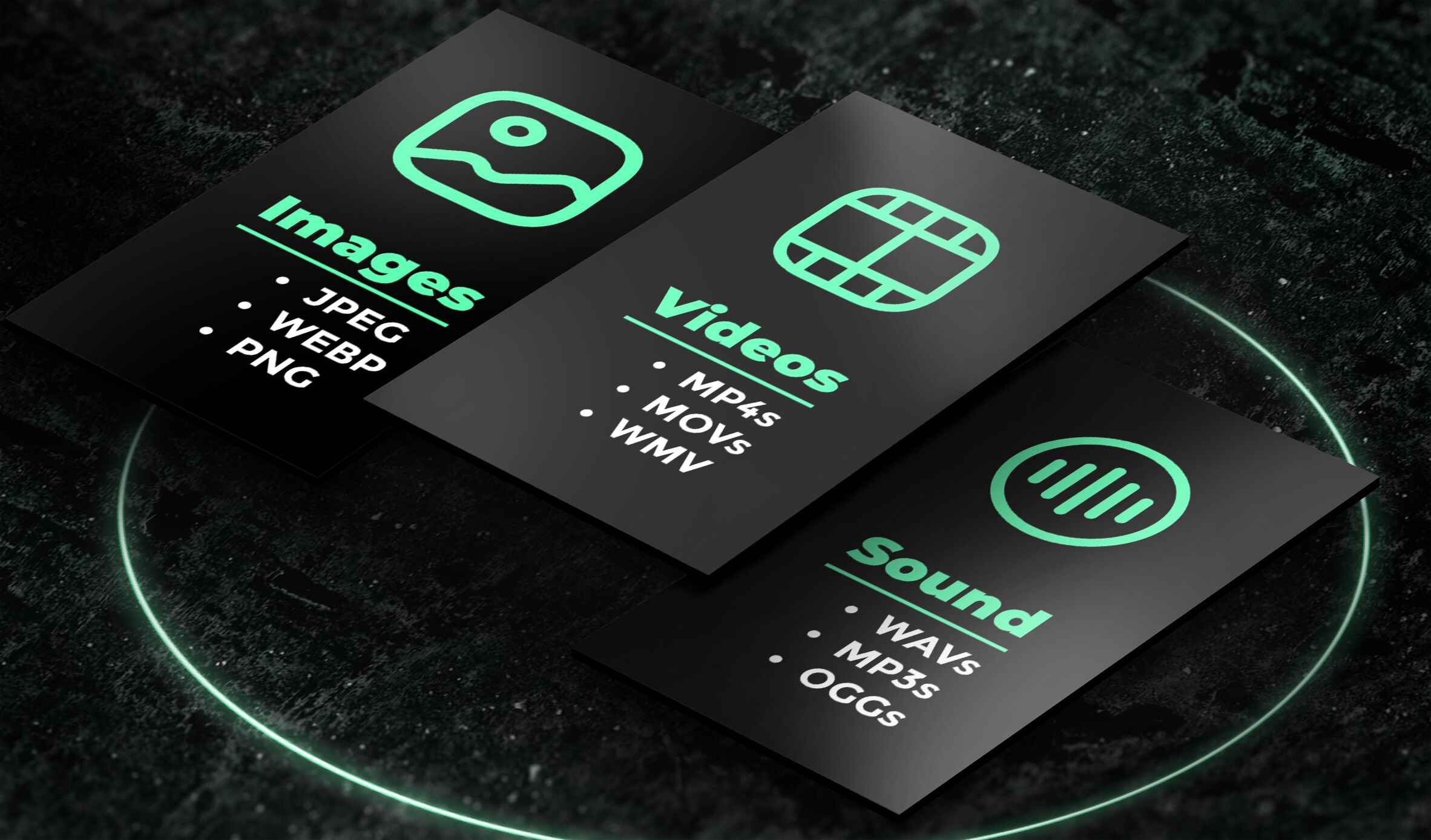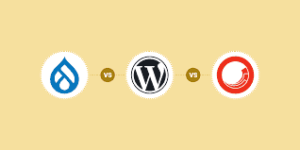The incorrect CMS is not merely a question of specifications; it also concerns how easy it is to control, expand, and develop your digital presence. Umbraco vs Kentico is a choice of two vastly different yet highly effective approaches to website administration.
Both of them are capable of helping you create professional and high-performing websites, but their ecosystems, pricing systems, and flexibility will suit different types of businesses.
This guide has got your back when you are about to start your next digital project to determine which CMS is most appropriate for your business goals, structure, and long-term scalability.
What Is Umbraco?
Umbraco is a free open CMS developed on Microsoft’s .NET platform and is known to be very flexible and easy to work with. People term it the friendly CMS because it is easy for editors to use and strong for programmers.
Unlike a closed system, Umbraco offers extensive capabilities for customization and integration. You can shape it to accommodate complex digital structures, integrate it with CRM or ERP, and retain a straightforward and easy-going content editing experience among the content teams.
Benefits of Umbraco
Here is why a lot of companies like Umbraco as a basis:
- Open-Source Freedom: You are no longer tied to the licensing models or the vendor limitations.
- Very Customizable: Ideal in the hands of developers who would like to create unique online experiences.
- Simplified Content Updating: It has a clean, modern interface that is user-friendly even to non-technical users.
- Scalable Architecture: Supports both small business sites and enterprise portals.
Umbraco provides both creative freedom and enterprise-level structure, something not many CMS platforms can maintain.
What Is Kentico?
Kentico is an enterprise-oriented CMS program built in .NET, and is aimed at those who want a well-integrated platform. It deals with content management, digital marketing, and eCommerce at a single roof. Kentico boasts built-in marketing automation, personalization, and analytics capabilities, enabling marketers to run without developers after the system is installed.
It is perfect for organizations that desire structure, safety, and end-to-end digital control but do not need to manage multiple third-party applications.
Benefits of Kentico
Kentico also has its strong points that make it unique:
- One-Stop-Shop: CMS, marketing automation, and commerce tools are integrated.
- Enterprise-Level Support: Direct support from the vendor and comprehensive documentation lessen the stress of long-term maintenance.
- Well-Established Security: A Proprietary environment guarantees compliance and frequent updates.
- Included Marketing Functionalities: A/B testing, marketing, and personalization.
Kentico is aimed at businesses that favor predictability and formal processes in lieu of open-ended customization.
Umbraco vs. Kentico: 6 major differences.
| Aspect | Umbraco | Kentico |
| Type | Open-source CMS | Proprietary CMS |
| Ease of Use | Intuitive, flexible and developer-friendly | Feature-rich but requires training |
| Customization | Highly customizable with open API | Limited to available modules |
| Pricing | Free core CMS, paid for add-ons | Annual licensing and support fees |
| Integration | Easy to connect with third-party tools | Strong native integration within Kentico ecosystem |
| Best For | Businesses seeking flexibility and control | Enterprises wanting structure and built-in marketing tools |
Next, we will discuss these distinctions in greater detail in order to help you determine which party is also aligned with your digital aspirations.
Type of CMS
The open-source nature of Umbraco implies that you can make changes, expand it, and host it wherever you desire. The code and the freedom are yours. The proprietary aspect of Kentico ensures consistency and support, but it restricts deep-level customization.
Umbraco is preferable in case you want to be transparent and in control. Kentico wins the competition if you care about vendor accountability and assured performance.
Ease of Use
Both of the CMSs are user-friendly; however, they target various audiences. Umbraco offers an easier way for editors to set up and use it after configuration. However, Kentico has numerous features that may initially seem complex due to the abundance of marketing and automation elements. You will enjoy Umbraco when you need something clean and easy to use, while Kentico is preferred when the team values features in their software more than simplicity.
Customization Capabilities
Umbraco is an open system that offers complete freedom of creativity. You are also free to create your own templates, connect APIs, or develop an entirely custom backend. Kentico offers ready-made modules that save time but are not as flexible as complex ones.
In that case, you can be more innovative with Umbraco in case the workflow or integrations of your digital strategy are special.
Pricing Model
This is one of the most obvious differences: the basic platform of Umbraco is free. Hosting, add-ons, or support packages are only charged. Kentico has a licensing model that includes yearly fees and maintenance expenses.
Umbraco is affordable for startups or smaller companies with a limited budget. The paid ecosystem offered by Kentico can be justified for large businesses where reliability is more important than cost.
Integration Capabilities
Umbraco is easily integrated with the CRM, ERP, and external APIs. It is ideal when companies have several systems already in use and need to communicate with one another.
Kentico is a star when you remain in the native ecosystem, as it ties not three elements, but content, eCommerce and marketing without third-party reliance. To have an elastic multi-tool environment, then do Umbraco. Kentico is the best solution to get it all under a single box.
Best Use Case
Umbraco is best suited to creative agencies, startups and tech-oriented businesses that appreciate customization. Kentico is suitable for organizations and companies that want to have integrated marketing and some regular enterprise maintenance.
Which CMS Is More Scalable for Businesses?
Both Umbraco and Kentico have the ability to scale tremendously, they simply do it in two different ways. Scalability advantages of Umbraco:
- Modular architecture enables you to begin small and grow bigger.
- Add new sites and areas, languages, or integrations easily without the need to rebuild.
- The best fit in fast-changing businesses with a digital strategy, which is developed over time.
- It supports the headless feature, providing you with the freedom to control multi-channel content.
Kentico’s strengths in terms of scalability:
- Lightweight and designed to serve large networks.
- The product is intended to process a number of websites and distributed teams around the world with a central point of control.
- Proposals provide external scalability via a systematized workflow and license levels.
- Ideal in businesses whose growth is predictable and whose infrastructure budgets are constant.
Concisely, Umbraco is creatively scaled and Kentico is strategically scaled.
Which CMS Should You Choose?
Both CMS platforms offer top performance, and it is up to you to choose based on your business size, team capabilities, and level of customization.
| Criteria | Choose Umbraco if… | Choose Kentico if… |
| Budget | You want an open-source, low-cost platform | You’re comfortable investing in enterprise licensing |
| Customization | You need full developer control | You prefer built-in, pre-configured tools |
| Marketing Features | You rely on external tools | You need integrated automation |
| Team Size | You have technical resources | You want a ready-to-use system |
| Scalability | You’ll scale gradually | You manage large, multi-site operations |
Umbraco is the first place to go in case your project requires freedom, flexibility, and creative ownership. Kentico may be more suitable in terms of structure, stability, and marketing support, similar to a company.
Conclusion
Understanding the decision between Umbraco and Kentico is not about what is right or wrong, but about what fits your vision of CMS. The two media have established themselves in the current digital ecosystems, yet there is a great difference between their modalities.
When you want to create a highly personalized digital experience with total control over its creation, collaborating with a team that knows what Umbraco can do can revamp your project. To that, Arroact is your reliable technology partner.
Whether you’re looking to hire Umbraco developers for a tailored solution or need end-to-end support, we do not simply create CMS platforms at Arroact; we create digital ecosystems that expand with your company.
Your upcoming project deserves a CMS that suits your vision and a partner who understands it.
FAQs
What CMS is more suitable for large-scale enterprises?
Kentico is commonly utilized by large companies that require integrated marketing solutions, automation, and vendor-level support.
Is Umbraco free to use?
Yes, the basic CMS of Umbraco is free and open-source. There is no extra charge on hosting, premium packages, or professional support.
Is it possible to combine eCommerce and Umbraco?
Absolutely. Full-fledged eCommerce can be implemented with Umbraco together with platforms such as Ucommerce or Vendor.
At what time do I employ Umbrico developers?
When you have a complicated architecture, custom modules, or API integrations, hiring Umbraco developers is the best way to achieve performance, scalability, and best practices.
What role can Arroact play in the implementation of CMS?
Arroact is a CMS consulting and implementation firm that helps businesses implement the appropriate CMS, either Umbraco or Kentico, using a strategic approach aligned with their business objectives.





Be First to Comment